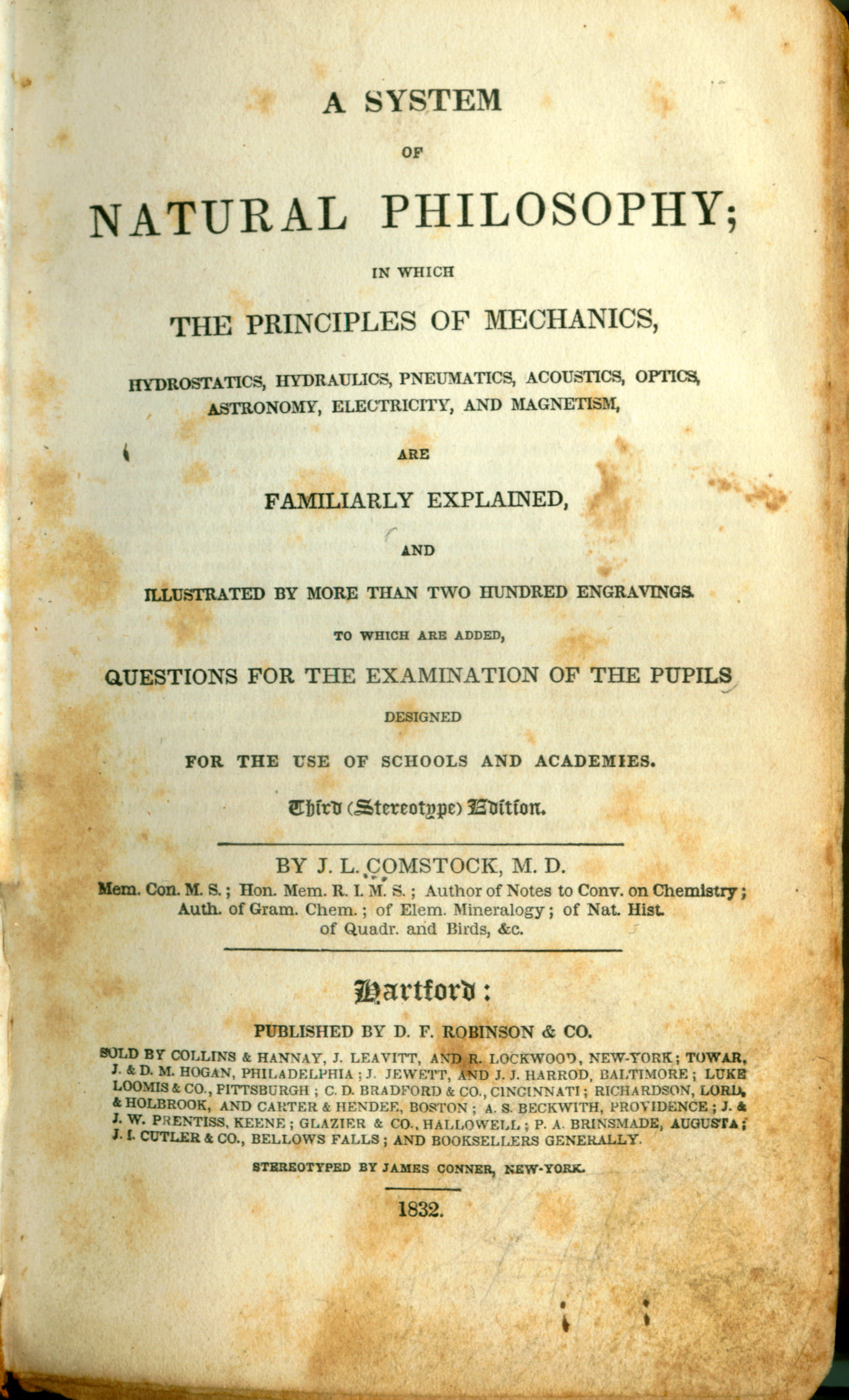Manual of Leaf Architecture by Beth Ellis, Douglas C. Daly
Published in Association with the New York Botanical Garden The Manual of Leaf Architecture is an essential reference for describing, comparing, and classifying the leaves of flowering plants. This manual, illustrated with dozens of line drawings and more than 300 photographs of prepared stained leaves, provides a framework with comparative examples allowing consistent and detailed description of both modern and fossil leaves. This one-of-a-kind resource will be invaluable to a broad range of people who work with plants, from paleobotanists to systematists to tropical ecologists. The Manual allows for the description and identification of plants independently of their flowers, offering especially useful assistance in the case of fossil leaves (usually found in isolation) and tropical plants, whose flowering cycles can be brief and irregular, and whose fruits and flowers may be difficult to access. It provides long-needed guidelines for characterizing the organization, shape, venation, and margins of the leaves of flowering plants. Beginning with a set of illustrated definitions of leaf characters, this manual proceeds to define and illustrate the variations on each of these characters. The system presented here is based on a widely tested scheme but has been significantly expanded and refined through the detailed examination of thousands of living and fossil leaves. Editorial Reviews Review This manual is an essential tool for leaf architecture studies... providing valuable information for systematics, conservation, ecology, and such groundbreaking paleoecological research as estimating past climates using fossil leaves.... In addition to the detailed and precise leaf character definitions that form the main body of the manual, the book includes examples of fully described leaves. voucher data for the leaf images, and instructions for clearing leaves. The volume is profusely illustrated with cleared leaf images and line drawings, and it is well referenced and indexed. ? Choice Review This guide is a major contribution, and it will revolutionize the study of leaves in many (increasingly interrelated) fields of biology. Because it truly encompasses the diversity of dicot leaves, this guide will be of use to paleobiologists, systematists, anatomists, functional ecologists, ecophysiologists, and researchers of biological networks generally. No previous work to my knowledge provides this level of diagnostic characterization of leaf morphological features. The presentation of concepts for the description of the leaf venation is also a major advance. I am not exaggerating when I say that for those of us who study leaves, this guide is analogous to the first manual on human anatomy, and this guide means to us what that manual must have meant for medical researchers! With this guide, researchers can begin new careers determining the evolution, functional significance, and ecological correlation of the diversity of leaf architectures, as here are set out a large number of leaf traits in one place, clearly and accessibly, and the descriptions are consistent, easily applied, and rigorous. -- Lawren Sack, University of California, Los Angeles From the Back Cover This guide is a major contribution, and it will revolutionize the study of leaves in many (increasingly interrelated) fields of biology. Because it truly encompasses the diversity of dicot leaves, this guide will be of use to paleobiologists, systematists, anatomists, functional ecologists, ecophysiologists, and researchers of biological networks generally. No previous work to my knowledge provides this level of diagnostic characterization of leaf morphological features. The concepts laid out for the description of the leaf venation is also a major advance. I am not exaggerating when I say that for those of us who study leaves, this guide is analogous to the first manual on human anatomy, and this guide means to us what that manual must have meant for medical researchers! With this guide, researchers can begin new careers determining the evolution, functional significance, and ecological correlation of the diversity of leaf architectures, as here are set out a large number of leaf traits in one place, clearly and accessibly, and the descriptions are consistent, easily applied, and rigorous.--Lawren Sack, University of California, Los Angeles Since the earliest days of scientific botany, subtle variation in leaf form has been both informative and confusing for specialists and nonspecialists alike. The Manual of Leaf Architecture places comparative studies of living and fossil leaves on a new and more secure footing. It will be indispensable for anyone using the leaves of living or fossil plants in their morpho-developmental, systematic, or ecological research.--Professor Sir Peter Crane FRS, John and Marion Sullivan University Professor, University of Chicago This book is a clear, well illustrated, logically rigorous, and eminently practical distillation of the authors' vast collective experience in devising more powerful and objective methods for the identification of fossil angiosperm leaves. Not only will it be a boon for paleobotanists working on fossil leaves, but it should also stimulate greater appreciation of the utility of leaf characters in reconstruction of the phylogeny and evolution of living angiosperms and field identification of plants in both temperate and tropical regions.--James A. Doyle, University of California, Davis About the Author Beth Ellis is a research scientist at the Denver Museum of Nature & Science. Douglas C. Daly is Director of the Institute of Systematic Botany at the New York Botanical Garden. Leo J. Hickey is a Professor and Curator in the Department of Geology and Geophysics at Yale University. Kirk R. Johnson is Vice President of Research and Collections and Chief Curator at the Denver Museum of Nature & Science. John D. Mitchell is a Research Fellow at the New York Botanical Garden. Peter Wilf is Associate Professor of Geosciences at Pennsylvania State University. Scott L. Wing is Research Scientist and Curator in the Department of Paleobiology at the Smithsonian Institution.
Publication Details
Title:
Author(s):
Illustrator:
Binding: Paperback
Published by: Comstock Publishing Associates: , 2009
Edition:
ISBN: 9780801475184 | 080147518X
200 pages.
Book Condition: Very Good
Pickup available at Book Express Warehouse
Usually ready in 4 hours
Product information


New Zealand Delivery
Shipping Options
Shipping options are shown at checkout and will vary depending on the delivery address and weight of the books.
We endeavour to ship the following day after your order is made and to have pick up orders available the same day. We ship Monday-Friday. Any orders made on a Friday afternoon will be sent the following Monday. We are unable to deliver on Saturday and Sunday.
Pick Up is Available in NZ:
Warehouse Pick Up Hours
- Monday - Friday: 9am-5pm
- 62 Kaiwharawhara Road, Wellington, NZ
Please make sure we have confirmed your order is ready for pickup and bring your confirmation email with you.
Rates
-
New Zealand Standard Shipping - $6.00
- New Zealand Standard Rural Shipping - $10.00
- Free Nationwide Standard Shipping on all Orders $75+
Please allow up to 5 working days for your order to arrive within New Zealand before contacting us about a late delivery. We use NZ Post and the tracking details will be emailed to you as soon as they become available. Due to Covid-19 there have been some courier delays that are out of our control.
International Delivery
We currently ship to Australia and a range of international locations including: Belgium, Canada, China, Switzerland, Czechia, Germany, Denmark, Spain, Finland, France, United Kingdom, United States, Hong Kong SAR, Thailand, Philippines, Ireland, Israel, Italy, Japan, South Korea, Malaysia, Netherlands, Norway, Poland, Portugal, Sweden & Singapore. If your country is not listed, we may not be able to ship to you, or may only offer a quoting shipping option, please contact us if you are unsure.
International orders normally arrive within 2-4 weeks of shipping. Please note that these orders need to pass through the customs office in your country before it will be released for final delivery, which can occasionally cause additional delays. Once an order leaves our warehouse, carrier shipping delays may occur due to factors outside our control. We, unfortunately, can’t control how quickly an order arrives once it has left our warehouse. Contacting the carrier is the best way to get more insight into your package’s location and estimated delivery date.
- Global Standard 1 Book Rate: $37 + $10 for every extra book up to 20kg
- Australia Standard 1 Book Rate: $14 + $4 for every extra book
Any parcels with a combined weight of over 20kg will not process automatically on the website and you will need to contact us for a quote.
Payment Options
On checkout you can either opt to pay by credit card (Visa, Mastercard or American Express), Google Pay, Apple Pay, Shop Pay & Union Pay. Paypal, Afterpay and Bank Deposit.
Transactions are processed immediately and in most cases your order will be shipped the next working day. We do not deliver weekends sorry.
If you do need to contact us about an order please do so here.
You can also check your order by logging in.
Contact Details
- Trade Name: Book Express Ltd
- Phone Number: (+64) 22 852 6879
- Email: sales@bookexpress.co.nz
- Address: 62 Kaiwharawhara Rd, Kaiwharawhara, Wellington, 6035, New Zealand.
- GST Number: 103320957 - We are registered for GST in New Zealand
- NZBN: 9429031911290
We have a 30-day return policy, which means you have 30 days after receiving your item to request a return.
To be eligible for a return, your item must be in the same condition that you received it, unworn or unused, with tags, and in its original packaging. You’ll also need the receipt or proof of purchase.
To start a return, you can contact us at sales@bookexpress.co.nz. Please note that returns will need to be sent to the following address: 62 Kaiwharawhara Road, Wellington, NZ once we have confirmed your return.
If your return is accepted, we’ll send you a return shipping label, as well as instructions on how and where to send your package. Items sent back to us without first requesting a return will not be accepted.
You can always contact us for any return question at sales@bookexpress.co.nz.
Damages and issues
Please inspect your order upon reception and contact us immediately if the item is defective, damaged or if you receive the wrong item, so that we can evaluate the issue and make it right.
Exceptions / non-returnable items
Certain types of items cannot be returned, like perishable goods (such as food, flowers, or plants), custom products (such as special orders or personalized items), and personal care goods (such as beauty products). We also do not accept returns for hazardous materials, flammable liquids, or gases. Please get in touch if you have questions or concerns about your specific item.
Unfortunately, we cannot accept returns on sale items or gift cards.
Exchanges
The fastest way to ensure you get what you want is to return the item you have, and once the return is accepted, make a separate purchase for the new item.
European Union 14 day cooling off period
Notwithstanding the above, if the merchandise is being shipped into the European Union, you have the right to cancel or return your order within 14 days, for any reason and without a justification. As above, your item must be in the same condition that you received it, unworn or unused, with tags, and in its original packaging. You’ll also need the receipt or proof of purchase.
Refunds
We will notify you once we’ve received and inspected your return, and let you know if the refund was approved or not. If approved, you’ll be automatically refunded on your original payment method within 10 business days. Please remember it can take some time for your bank or credit card company to process and post the refund too.
If more than 15 business days have passed since we’ve approved your return, please contact us at sales@bookexpress.co.nz.

